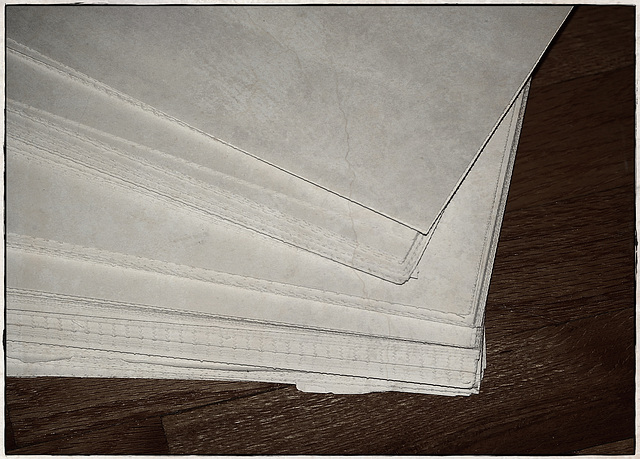How the Language Works
Writing ~ An Art of discovery
Diagram ~ Voyager Spacecraft Golden Record
Dance of Shiva
Darwin
Colours of Nature
Memories
Kick at the rock, Sam Johnson, break your bones: B…
Kurt Godel's equation
Fuegia Basket
Only Words
Barak Obama
The Fundamental Attribution Error
A Random Walk Down the Wall Street
How much pleasure do you get from your car?
Musings
Neurolinguistic Processing
Cotton
Proto Indo-Europen
Swan Song
13th Century House
Which path to take
Why you can't tickle yourself
Cerebellum in action
"Nexting"
When confronted with competing path
Counterfactual thinking
Water - conspicious consumption
Neuroscience and consciousness
Science of laughter
Cost benefit Analysis
Carbon
Mind ~ Latin: mens, Sanskrit: manas, Greek: μένος
Tree in its essential form
Identifying the Political Spectrum
Manchester
What goes with it A or B
Samskrata ~ Sanskrit ~ संस्कृतम्
Money/Geld/dinheiro/ 貨幣/ பணம்/ деньги/ অর্থ/ เงินต…
See also...
Keywords
Authorizations, license
-
Visible by: Everyone -
All rights reserved
-
146 visits
- Keyboard shortcuts:
Jump to top
RSS feed- Latest comments - Subscribe to the comment feeds of this photo
- ipernity © 2007-2024
- Help & Contact
|
Club news
|
About ipernity
|
History |
ipernity Club & Prices |
Guide of good conduct
Donate | Group guidelines | Privacy policy | Terms of use | Statutes | In memoria -
Facebook
Twitter



As noted, the Chinese already had a form of paper made, as did Meso-americans, out of processed bark and wood fiber. A court eunuch named Cai Lun is generally credited with having invented this primitive form of paper in A.D 105 during the Han dynasty. His crucial breakthrough was not the use of bark, but that he also tossed into the mix a veritable pot-pourri of other ingredients, including the “bast” (inner) bark of fibrous plant such as flax and hemp, old rags, and even fishnet. The strew was soaked in caustic solutions that broke everything down into its stringy components and then was poured through a screen and dried. Lin attributed his discovery to his careful observation of how wasps made their nests.
Interestingly, the first popular uses for this new invention ranged from wrapping paper to toilet paper to an actual writing medium. And in time, as is the case today, these different uses ultimately led to different grades and styles of paper. True writing paper was typically made with the finest materials, vegetable dyes, and even natural insecticides to protect them.
Paper offered many advantages over the predecessors: It was inexpensive (and became even cheaper with economies of scale), soft, and plaint. It folded easily, which meant it could readily be bound into books, and by the year 300 the Chinese were doing just that. Paper also took ink beautifully, and so, by the middle of the Tan dynasty (C.1040), Chinese publishers, most famously Bi Sheng, were experimenting with impressing carved and inked blocks of wood onto multiple sheets of paper – the birth of printing.
By then, paper was ubiquitous in daily life in China, from the shop-owner to the emperor himself. And thanks to an explosion in trade supported by the government, the world got its first glimpse of paper technology – and coveted it. Japan got its hand on paper technology first, and about 610, from a visit Buddhist priest.
It took the West another 140 years. Supposedly, China lost its monopoly on paper when it also lost the Battle of Talas to Muslim army in 751. As legend has it, two Chinese prisoners taken in the battle, after no doubt considerable inducement, gave up the recipe.
Within fifty years, huge paper mills were being constructed by the caliphate near the marshes of the Tigris and Euphrates Rivers outside Baghdad, and soon thousands of reams of fresh new paper were being shipped west. By the end of the millennium, thanks to the demand from places like the Royal Mosque of Cordoba, an estimated 60,000 compilations, books and poetry, and scientific texts were being produced per year. Meanwhile, an army of scribes and translators were kept busy converting the older Latin and Greek texts into Arabic. It helped that Andalusian Spain during this period enjoyed a long interval of peace while the rest of Western Europe was hit with string of natural and man made disasters, from plagues and poor harvests to the Viking predations. ~ Pages 92 - 94
Now consider paper. Essentially made of weeds, old rags, and common chemicals, it can be formed in almost any size, including rolled sheets hundreds of yards long, and easily cut to order. As such it is one of the most scaleable physical products ever devised. It may be more fragile than parchment, but that problem is easily solved by binding the entire manuscript in leather (rather than making the manuscript itself entirely of skin).
In other words, paper was destined to eventually triumph. But the printing press turned that “eventually” into “now”.
The advent of paper and printing also had a profound effect on literacy in Europe – though not just in the way it is usually taught. Unquestionably, the appearance of inexpensive printed textbooks and manuals transformed and expanded education. But there was another, less recognized effect: It taught already-literate people, for the first time, to write. ~ Page 138